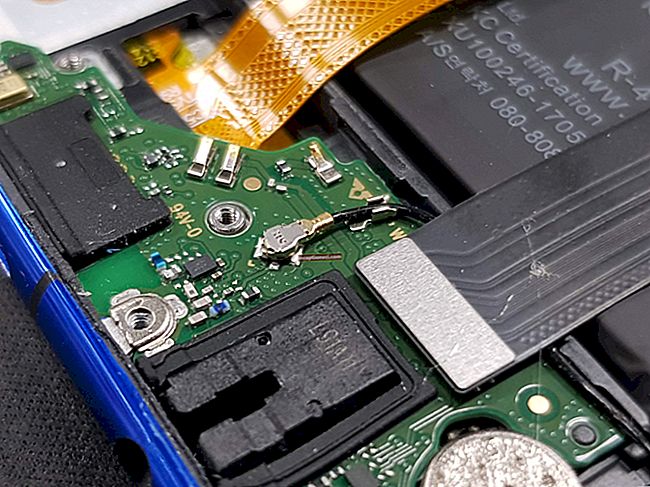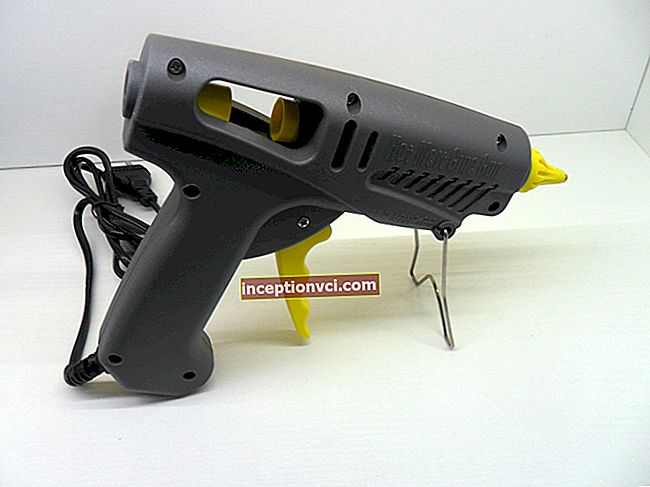The rapid development of computer technology is aimed at improving the performance of modern PCs. If in the early stages of the development of computer technology, performance improvement was achieved by increasing the clock frequency of processors (an increase in the number of operations in a period of time), nowadays this is achieved by increasing the number of processor cores and data processing threads. This became possible due to the constant improvement of the technological process of creating microcircuits and their miniaturization, for example, a modern quad-core processor takes up as much space on a printed circuit board as a single-core processor took 6-7 years ago. In addition, unlike the processors of the past, modern processors have less power consumption and can process data in several threads, which increases their performance tenfold.
Progress does not stand still, and every day computer technologies are becoming more perfect, but at the same time, user requests are also increasing.
Not so long ago, AMD introduced the first 6-core processors intended for mass production - the AMD Phenom II X6. So far, only 2 models of such processors 1055T and 1090T are available to consumers, differing in clock frequency.
Specification
AMD Phenom II X6 1055T is one of the first six-core processors available to a wide range of users at a very affordable price. The processor is based on a 45nm process technology and has an operating frequency of 2.8 GHz (in Turbo Boost mode, individual cores run at 3.33 GHz). The cache size is 3 MB of the second and 6 MB of the third level. The HyperTransport bus operates at 4000 MHz and the TDP is 125 W.
Although the processor can work on many mid-range motherboards, the full potential of the new product will be revealed only on motherboards with the 890FX chipset, and when paired with the SB850 south bridge, the user will receive excellent system functionality, including support for CrossFireX and 6 Gigabit SATAIII. You can study the functionality of the 890FX chipset in more detail using the diagram below.

From the above diagram, we can safely say that the performance and functionality of the chipset will be enough even for advanced gamers. There remains only one question - will the processor's performance be enough? To understand this, you need to test the Phenom II X6 1055T and compare it with the currently popular processors.
Testing methodology
In order to provide maximum ease of comparison, 4 types of systems based on LGA 775, LGA1156, LGA1366 and AM3 are involved in testing.
System configuration on Intel Core 2 LGA775

System configuration on Intel Core i3 / i5 / i7 LGA1156

System configuration on Intel Core i7 LGA1366

System configuration on AMD Phenom II AM3

Full versions of operating systems are installed on computers, and the latest device drivers at the time of testing. Following is the configuration of Windows settings and NVIDIA control panel.

List of programs and games taking part in testing:
- 3DMark06 Professional v1.2.0
- 3DMark Vantage Professional Edition v1.0.2
- Cinebench R10 64-bit
- Crysis v1.21
- Far Cry 1.02
- Left 4 dead
- PCMark Vantage Advanced 64-Bit Edition (1.0.1)
- Street fighter 4
Each test is performed only after a reboot.
Having described the platform and testing methodology, we proceed directly to testing.
CINEBENCH R10
CINEBENCH R10- is a performance test for video cards and processors and includes test scenes created specifically for modern hardware. CINEBENCH R10 is based on the CINEMA 4D 3D editor.
The CPU benchmark is a 3D scene rendering that includes features such as procedural shaders, spatial lights, and layered reflections. All this makes it possible to fully test the performance of multiprocessor systems.

From the test, we can confidently state that the Phenom II X6 1090T is second only to the Core i7 980X, and the 1055T is only slightly behind the Core i7 920, which is an excellent result considering the processor prices. As for information processing in single-threaded mode, six-cores from AMD are significantly inferior to their competitors from Intel.
PCMark Vantage x64
The next test suite is PCMark Vantage x64, which is an extensive set of utilities for testing computer performance. PCMark Vantage is designed to measure the performance of the main PC hardware subsystems by simulating software scenarios that correspond to the real-world user experience. The test result in this test depends more on the balance of the system as a whole, and not only on the processor performance.

As you can see from the test results, in day-to-day operation, the system with the Phenom II X6 1055T is slightly inferior in performance to the Phenom II X4 945, as well as systems with the Core i5 and i7. Nevertheless, the test results can be safely called more than satisfactory.
The next stage of testing is synthetic performance tests in 3D applications, the main task of which is to assess the system performance in modern games and the system's application processing capabilities.
Futuremark 3DMark06
Futuremark 3DMark06 is a set of tests for checking the video subsystem of a computer. In the testing process, almost all the functions of the video adapter are involved; processor performance also plays an important role in the results.

In this test, we see results identical to those of CINEBENCH R10and PCMark Vantage. In terms of processor performance, the 1090T and 1055T occupy the 2nd and 5th places, respectively, and in comparison with the overall performance of the systems with these processors they are losing ground.
Futuremark 3DMark Vantage
This test package differs from the previous one in support of DirctX10 and the ability to work only in Windows Vist or 7.

The 3DMark Vantage benchmark results are a bit unusual compared to what we saw previously. Both six-cores occupy the 5th and 6th places in terms of processor and system performance, leaving ahead of all representatives of the Core i7 family. At the same time, the test results for systems with Phenom II X6 and Core i7 are generally very close.
Game tests
The final clarity on the performance of the Phenom II X6 is intended to bring gaming tests showing the performance in games at the maximum settings for image quality and screen resolution.




As you can see from the gaming tests, the performance of the processors is about average. It is likely that this is due to the fact that not all games can "load" all 6 cores of new products. Nevertheless, the processors performed very well in field tests.
conclusions
AMD's six-core processors performed very well in synthetic benchmarks and performed well in gaming benchmarks. Combined with a reasonable price, these processors are able to win many fans around the world. One of the significant advantages of the Phenom II X6 family of processors is that it is not necessary to buy an expensive TOP motherboard to install them, it is enough to have a motherboard with socket AM3 and support for 125W TDP.









